I Asked a Heating Expert for 1 Simple October Fix to Stop Pipes Freezing – He Swears by this $25 Buy to Save you $100s Through Winter
It's quick and easy to install, too
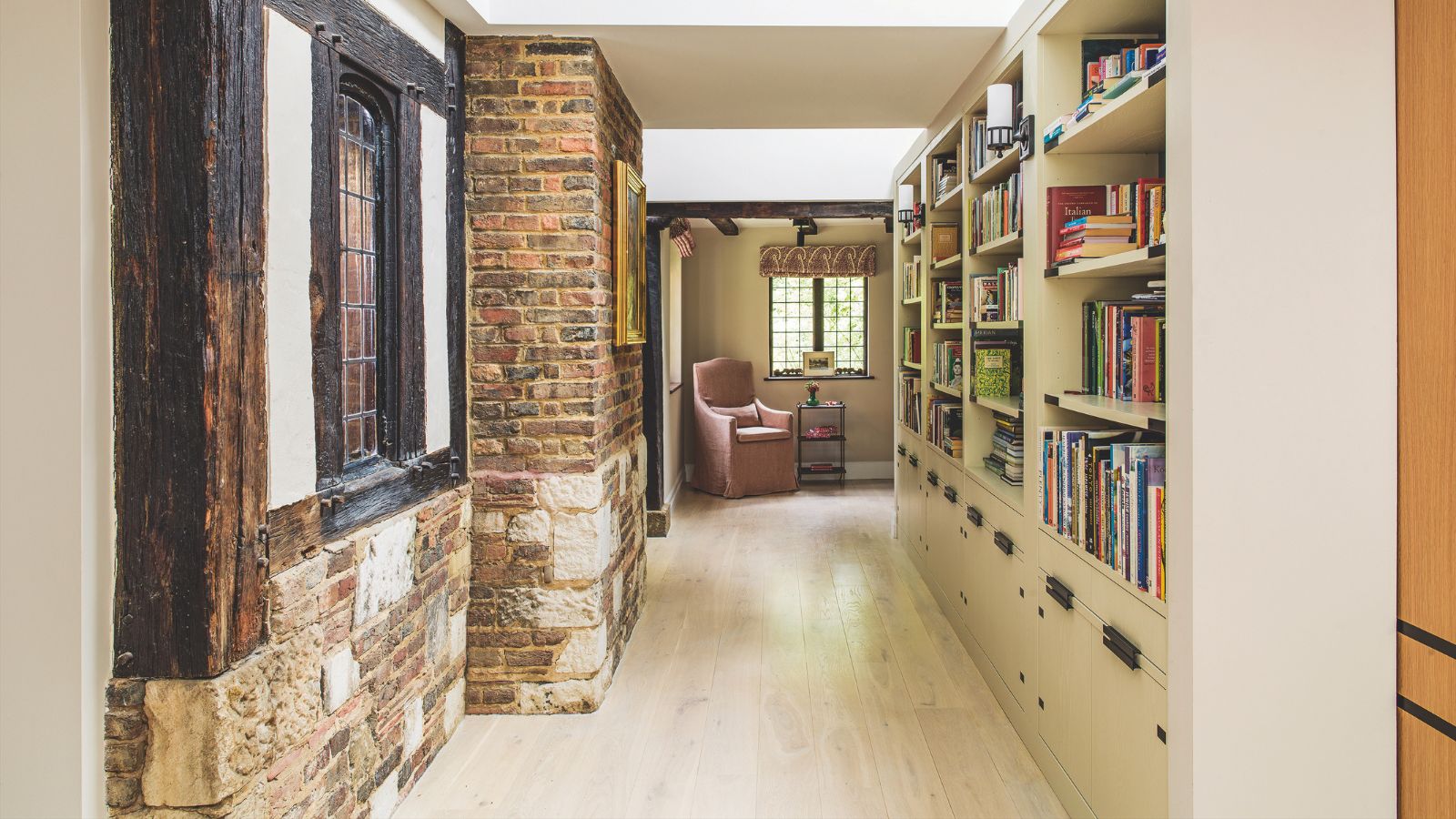

With colder weather officially here, the risk of frozen plumbing and pipes rises sharply, as does the threat of leaks, irreparable damage, and expensive bills for emergency plumber call-outs.
So, how do HVAC experts protect their own homes? According to our pro, the Frost King Rubber Tubular Pipe Insulation available at Amazon is the unsung hero of pipe protection this winter and beyond.
Here, he explains why it's one of the best ways to stop pipes freezing.
This $25 Buy Could Save you $100s this Winter
All prices were correct at the time of publication.
I spoke to Josh Mitchell, HVAC pro and founder of AirConditionerLab for insulating pipes this month. He said, 'One simple fix I always recommend in October is adding foam pipe insulation to exposed plumbing, especially in basements, garages, or along exterior walls.
'Once nighttime temperatures drop below 32°F, uninsulated pipes can freeze in a few hours if there's no heat source nearby.'
For this, Josh recommends the Frost King Rubber Tubular Pipe Insulation available at Amazon.
Design expertise in your inbox – from inspiring decorating ideas and beautiful celebrity homes to practical gardening advice and shopping round-ups.
'It comes pre-slit with adhesive edges,' he explains, 'allowing it to wrap neatly around copper or PVC pipes. Just cut to length with scissors and press the seam shut.
'It insulates the pipe and slows heat loss, which buys you time when temperatures drop fast overnight,' and should help you avoid frozen or burst pipes, and therefore having to know what to do if a pipe bursts.
In fact, says Josh, 'I've seen people avoid burst pipe damage just by insulating the five or six feet of exposed pipe near a foundation wall or crawl space. It's one of the cheapest cold-weather prep steps you can take.
'This is helpful for older homes, homes with crawlspaces, or properties where not every room is heated 24/7.'
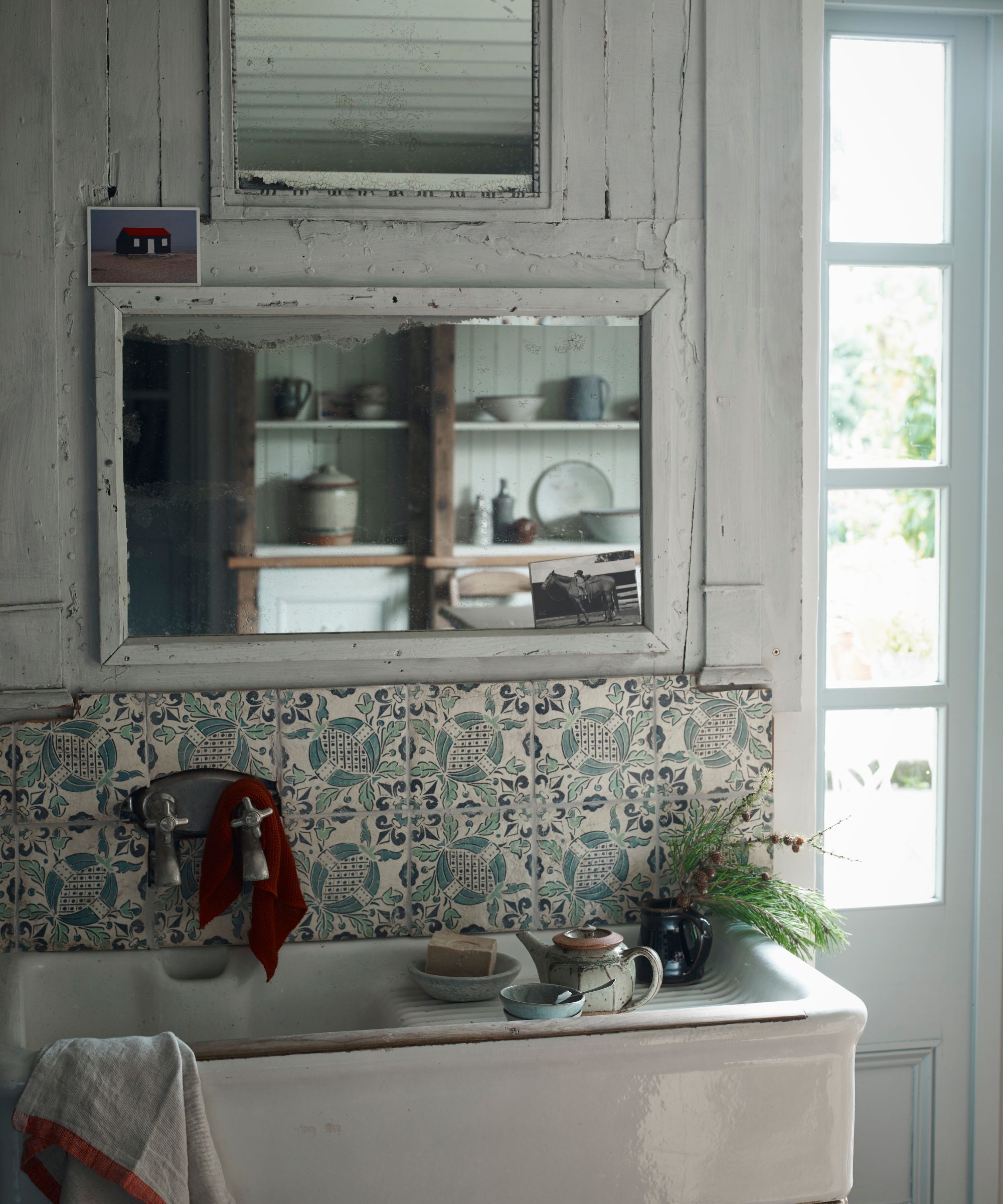
Easily avoid burst pipes with this budget-friendly favorite.
Josh isn't the only one who thinks this is a brilliant solution for insulating pipes, either.
As one reviewer writes, it's 'Easy to work with,' and 'does the job.'
'Used this to replace rotting insulation,' they continue. 'It's very flexible – I was able to secure it around a couple of bends in the pipe without cutting it, using zip ties and electrical tape. It made for a fairly easy job without needing a service call.
'The adhesive is very strong and provides a good seal for the insulation.'
They also add a helpful tip: 'Be sure to fit the insulation on the pipe before you remove the tape and expose the adhesive. Good product – recommended if you need to replace your pipe insulation.'
Another reviewer adds it's 'easy to install, and worked perfectly,' while a third adds it's an 'excellent product.'
'What impressed me about this particular brand was the glue and peel strip,' they say. 'That is where the other brands lack. It's one of the most important things when installing that it peels easily and stays stuck together.
'I recommend it over the branded big-box chain stores that are selling. Comes sealed in plastic and boxed for protection also.'
For that reason, you won't need to call in a pro to help you install it, and instead can make use of some DIY tips to get the job done quickly and easily, even if you need to insulate a crawl space or any other typically trickier spot.
Importantly, continues Josh, 'Avoid wrapping pipes that are already damp or leaking. Insulation works best on dry, intact lines, and won't fix existing plumbing issues.' In those circumstances, you will need to pay for a plumber.
Once insulated, bolster the effectiveness of your tubular pipe insulation by considering the perfect temperature to run your heating to avoid frozen pipes, which is between 55 and 60 degrees Fahrenheit.
You should also take steps to protect an outside faucet from freezing, by covering any outside faucets, and ensure you know when to drip faucets, and exactly how to do it when the time comes.
All in all, these important steps will help you prepare your home for a freeze, winterize home plumbing indoors and outside, and keep a home warm all day, too.
What to Shop
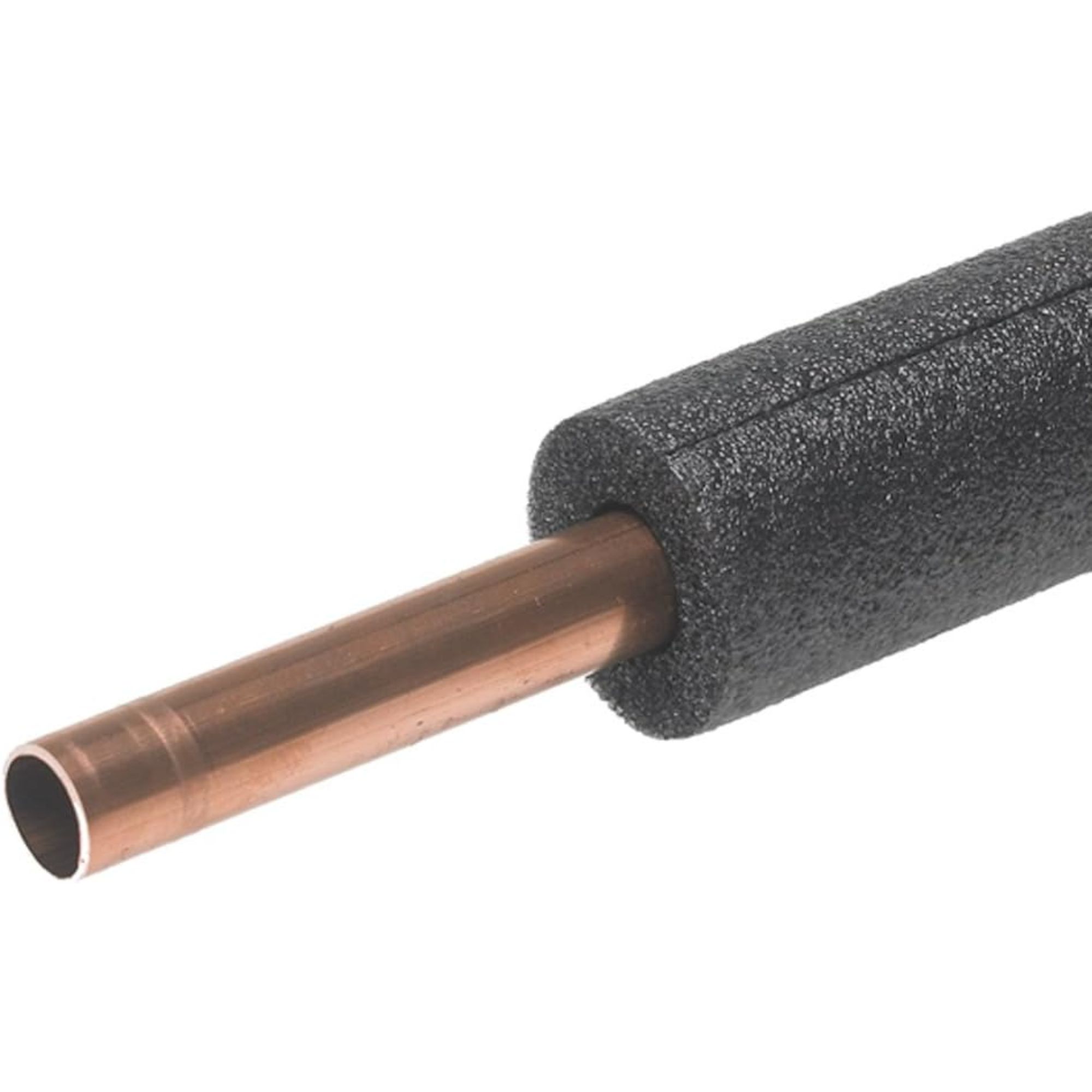
Installing pipe insulation doesn't get any easier than this – simply cut to length and use the self-sealing edge to secure, without the need for any tape or glue.
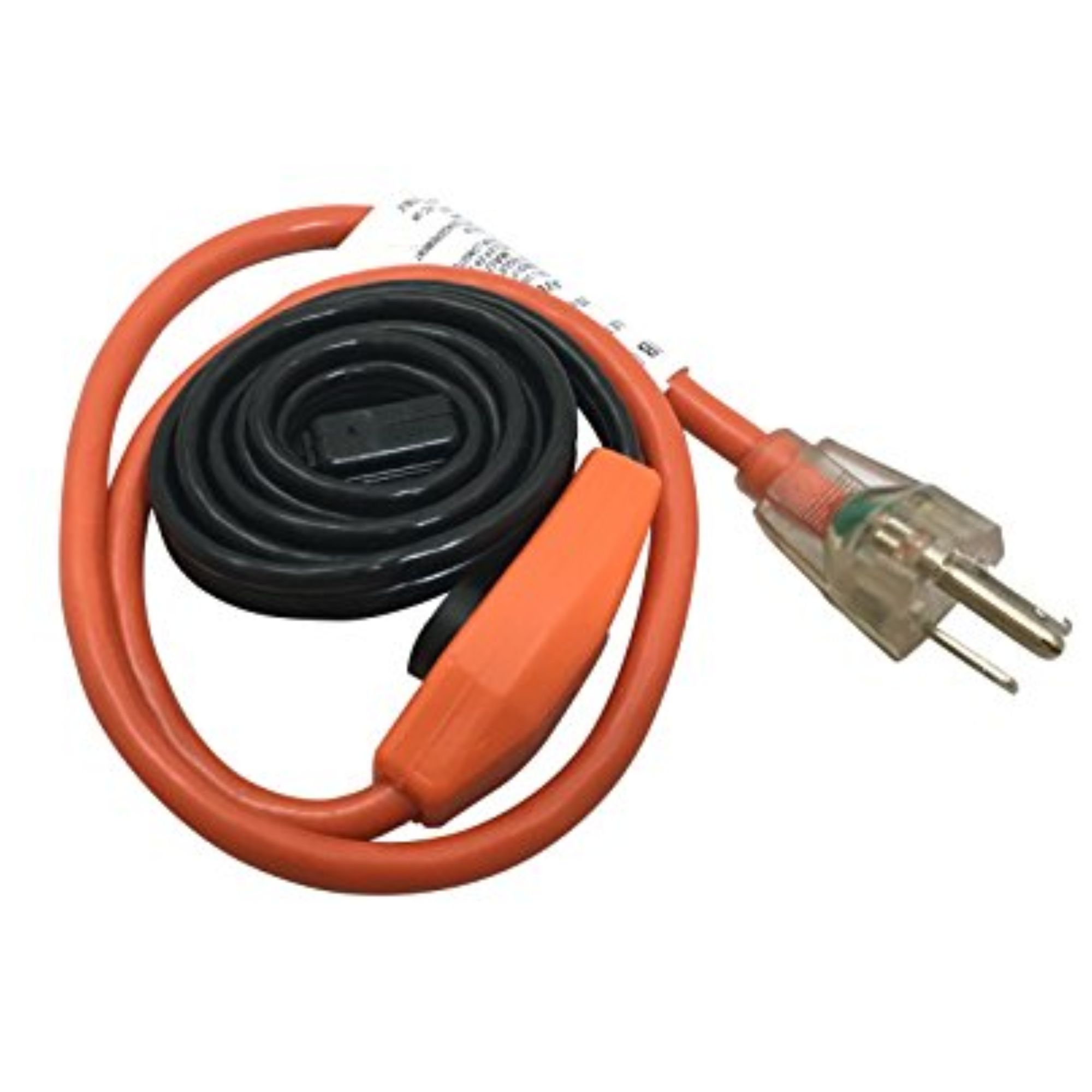
This automatic electric heat kit is specifically designed for metal and plastic water pipes, and is easy to install with a power indicator light and built-in thermostat.
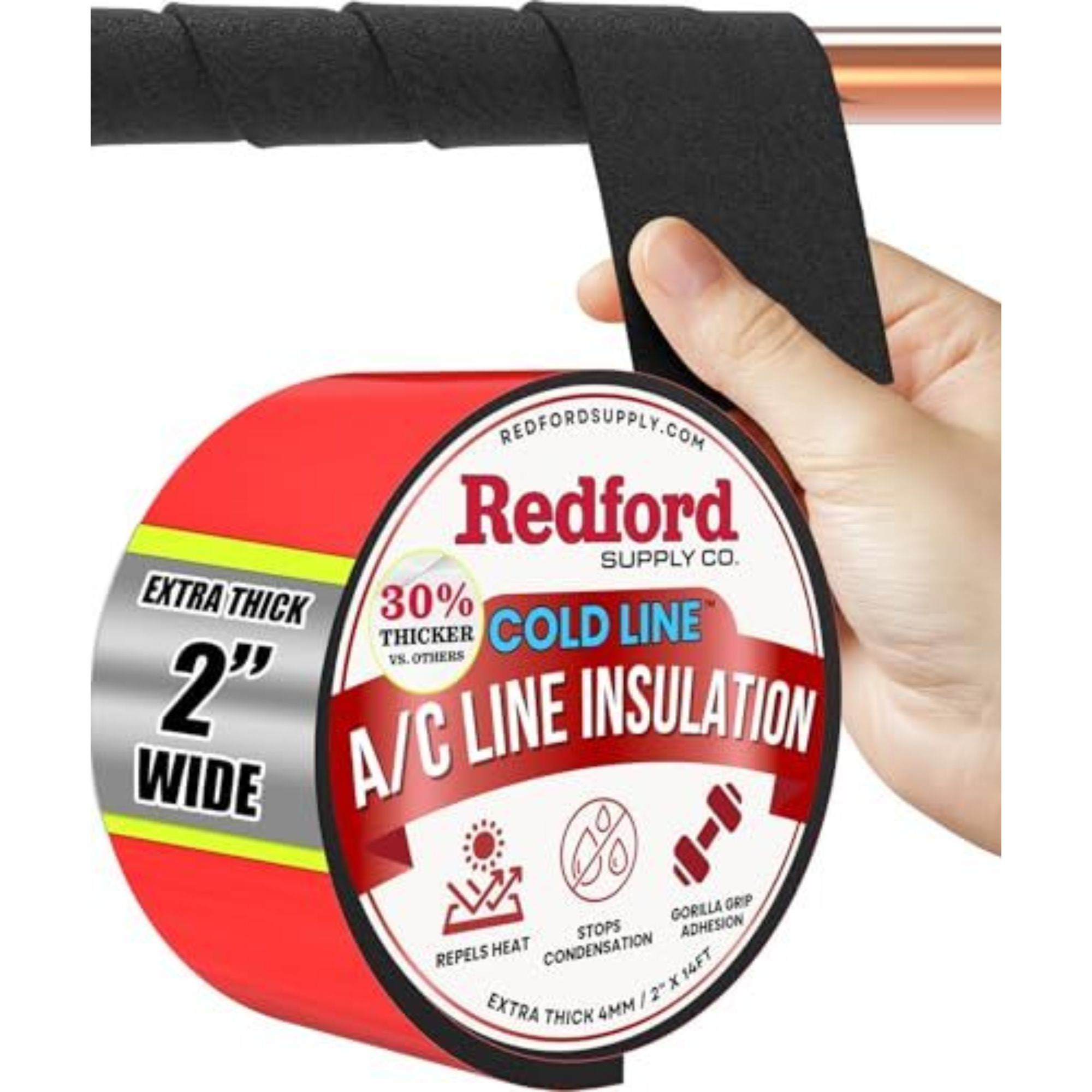
This A/C line insulation repels heat and stops condensation, for freeze-proof insulation that's quick and easy to apply, and designed to last for seasons to come.
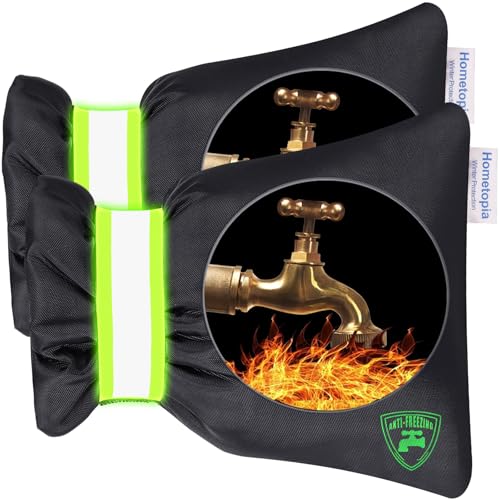
These faucet covers offer superior protection against freezing and work well with various faucet types, such as garden spigots, hose bibs, water taps, and more.
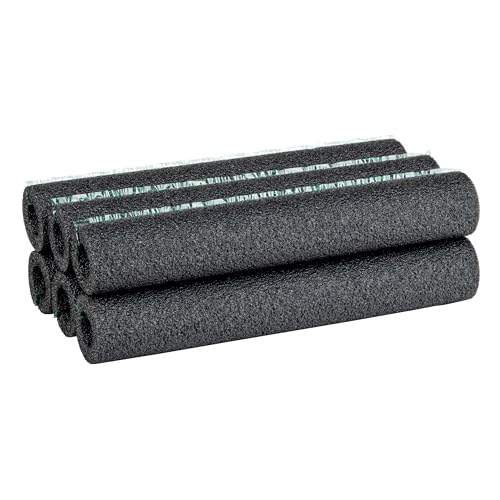
This versatile foam pipe insulation helps prevent freezing in winter and sweating pipes in summer, with self-sealing edges for easy installation.
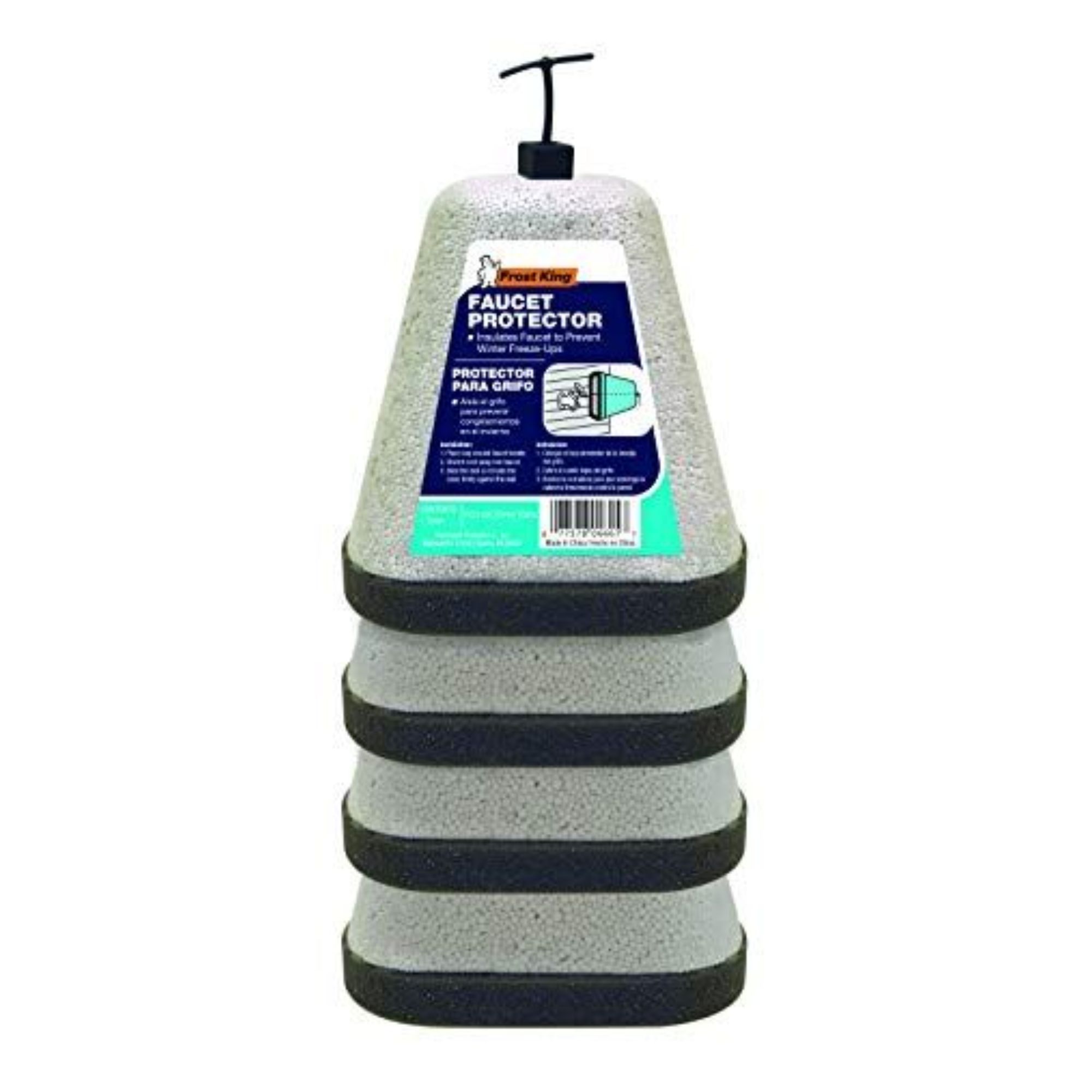
Pop these covers over any outdoor faucets for protection against freezing, wind and chill.
Meet our expert

Air Conditioner Lab was founded by HVAC and tech enthusiast Josh in 2014, as a way for him to document his findings on home air conditioners and cooling methods. Since, he's been growing the site and the team for over a decade.
You might also want to consider investing in some smart home improvements for winter, like draught-proofing and modern double glazing.

Ottilie joined Homes & Gardens last year, after finishing a Master's in Magazine Journalism at City, University of London. With previous contributions in Livingetc and Motorsport Magazine, she produces content for the Solved section on the website, focusing on clever tips and tricks to keep your home beautiful, organized, and clean, with particular expertise on all things home fragrance. She also has a Master's degree in English Literature and History of Art from the University of Edinburgh, where she developed a love for inspiring interiors and architecture.
You must confirm your public display name before commenting
Please logout and then login again, you will then be prompted to enter your display name.